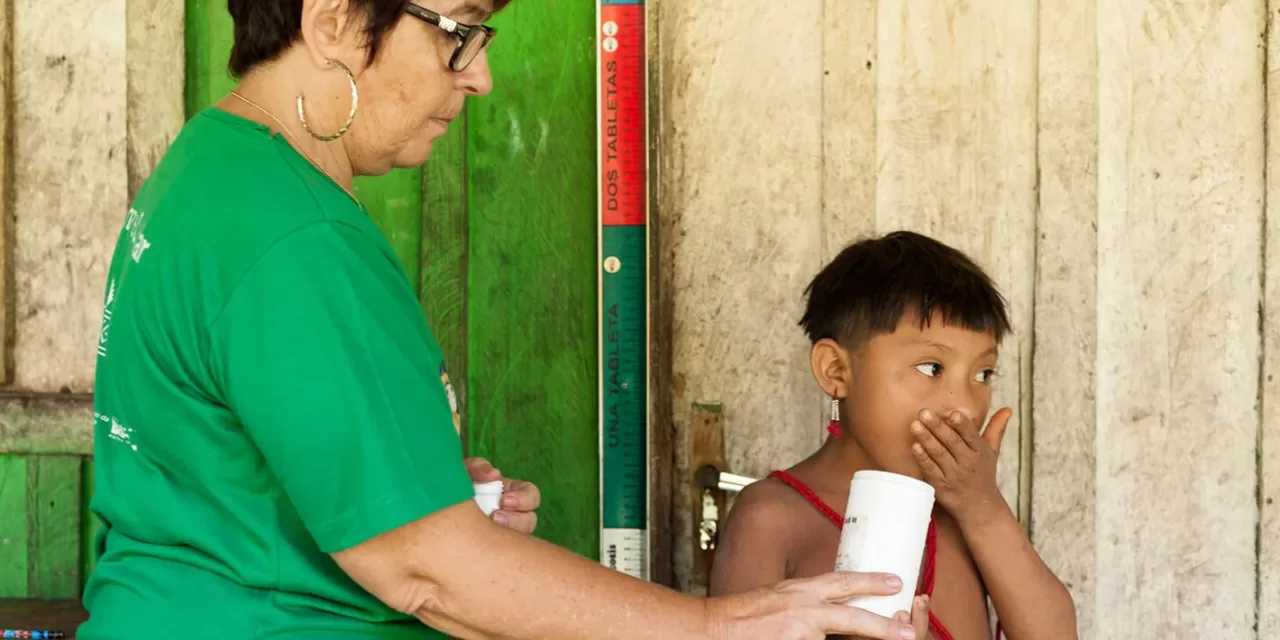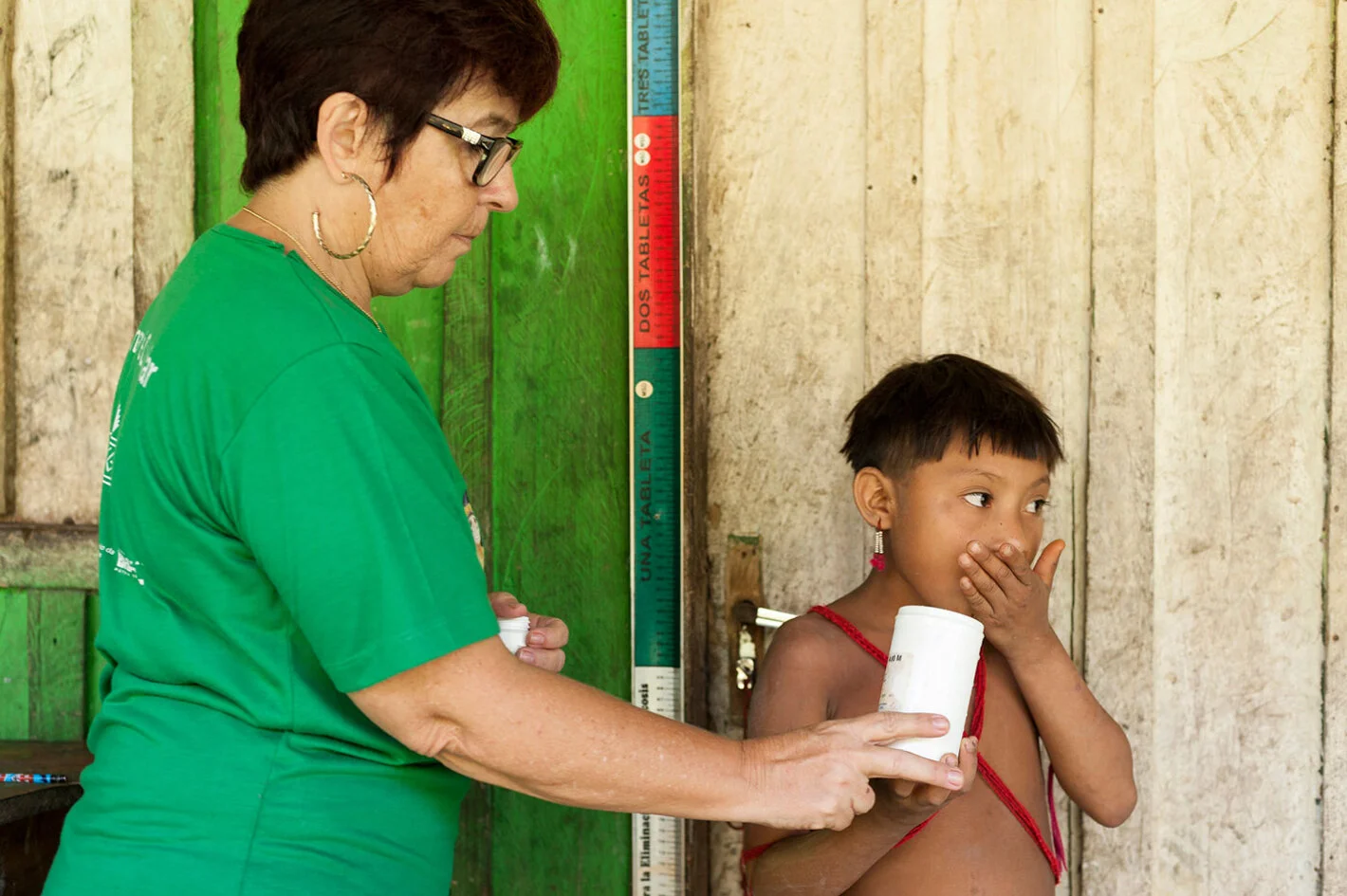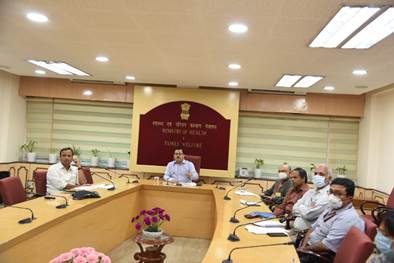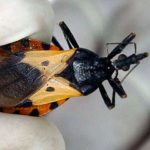February 24, 2023 (PAHO) — Onchocerciasis is a parasitic disease caused by tiny worms that can lead to skin and eye damage, including irreversible blindness. Following decades of concerted action spurred by the Pan American Health Organization (PAHO) and its partners, the region of the Americas has largely eliminated the disease, with remaining local transmission only in some areas of the Amazon.
The disease is transmitted through the bites of infected blackflies that breed along fast-flowing rivers and streams close to remote rural villages, hence its name “river blindness”. While there is no vaccine to prevent infection, treatment with the antiparasitic drug ivermectin every six months for a period of 12-15 years can help halt its transmission.
River blindness was endemic in six countries of the Americas in the 1990s, and around 540,000 people were at risk of contracting the disease. Currently, an estimated 28,000 people of the Yanomami indigenous population, who live on the Amazonian border between Brazil and Venezuela, are affected by it.
In 1991, countries of the Americas made a commitment to end river blindness transmission within the region. Technical and financial assistance, including medicine donations by PAHO and partners such as The Carter Center’s Onchocerciasis Elimination Program for the Americas (OEPA), have been crucial in this effort.
Following decades of action, Colombia, Ecuador, Mexico and Guatemala eliminated onchocerciasis between 2013 and 2016. Efforts are now focused on the remaining Amazon areas, where population dispersion and mobility pose the greatest challenge.













